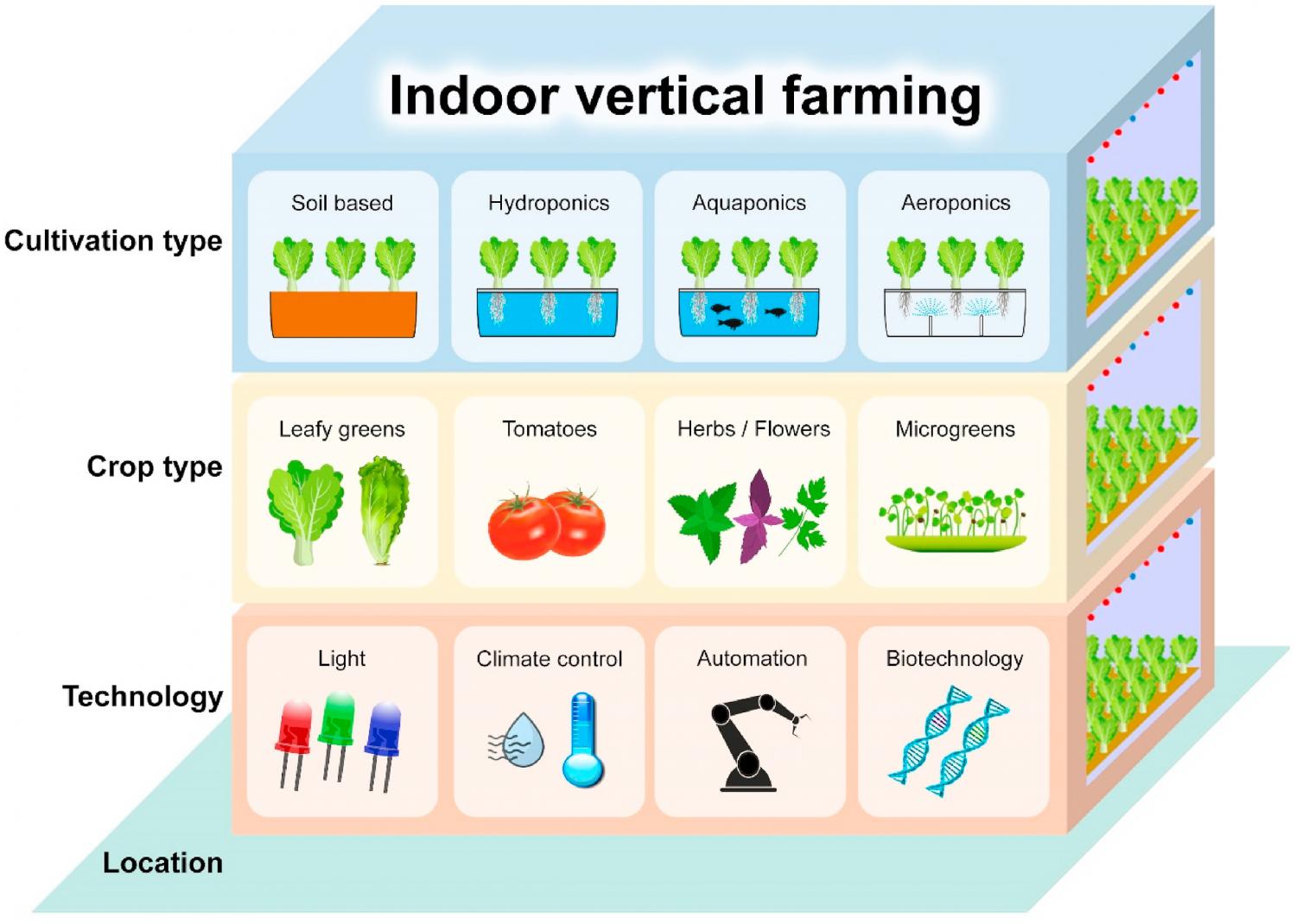
Elsevier, Trends in Food Science and Technology, Volume 106, December 2020
Background: Agricultural production in controlled indoor farming offers a reliable alternative to food and nutrition supply for densely populated cities and contributes to addressing the impending food insecurity. Leafy vegetables, rich in vitamins, minerals, fibres and antioxidants, account for over half of the indoor farming operations worldwide. Light is the foremost environmental factor for plant growth and development, and the success of indoor farming largely depends on lighting qualities. The energy efficient light-emitting diode (LED) has been increasingly used in indoor farming systems. Scope and approach: Here we provide an updated overview of the current indoor vertical farming systems, the mechanisms of light perception by photoreceptors, and the effects of LED spectra or intensity on growth and phytonutrient accumulation of leafy greens. We also outline the challenges in interpreting and applying the research findings in the field and highlight issues to be addressed. Key findings and conclusions: Lighting quality and quantity can be manipulated to improve yield and phytonutrient contents of leafy greens. As responses of leafy greens to light are dependent on genotype and developmental stage, light recipe targeting different developmental stages should be formulated for different species for maximizing yield. While it has been known that blue wavelength has a more prominent positive impact on phytonutrient accumulation than red, little is known for other wavelengths. Moreover, recent findings that green wavelength inhibits plant growth in a blue-wavelength-dependent manner highlight the need for future research to investigate interactive effects of different wavelengths on modulating plant growth and metabolism.
